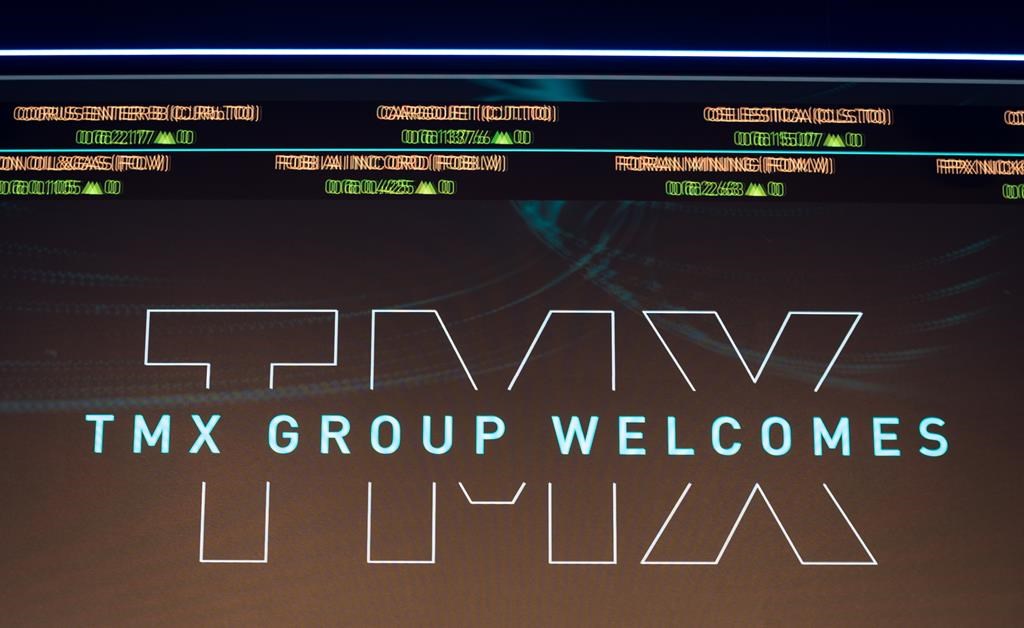
Tangerine Investment Funds vs robo-advisors
Tangerine / Tangerine
Updated: August 10, 2023
When Tangerine launched their “Streetwise” family of investing options back in 2008 – they forever secured a spot in the hearts of passive investing advocates.
Under their former ING banner, the company branded these funds as “turn-key portfolios” and one could make the argument that these products were essentially the ancestral precursor to today’s Canadian robo-advisors (even though there are some notable differences). Nuance aside, these turn-key solutions gave Canadians an excellent option
The question for today’s consumer ultimately becomes: how does the old standby Tangerine Investing Funds option stack up against the robo-advisor new kids on the block such as Wealthsimple and Nest Wealth?
Tangerine Investment Funds vs robo-advisors
| - | Management Expense Ratio (MER) | Investment composition | Portfolio advice |
|---|---|---|---|
| Tangerine Investment Funds | 1.07% to 1.10% MER, still much cheaper than traditional mutual funds. | Invests in Tangerine’s own mutual funds which seek to replicate the S&P/TSX 60 Index, the S&P 500 Index, and the MSCI EAFE indexes amongst others. | No advice component. |
| Robo-advisors | Offers an extended advice component that Tangerine Investment Funds do not provide. | Invests mainly in Index ETFs | Offers an extended advice component that Tangerine Investment Funds do not provide. |
Tangerine – the Canadian godfather of simple, low-cost solutions
Before we get too far into this low-cost investing throwdown, it’s probably worth noting how innovative Tangerine has been as a company and giving the friendly orange giant its historical due.
Tangerine (along with the TD eSeries Funds) were the first ones in Canada to come along and say to consumers, “Hey, here is a super easy way to get money from your paycheque to a pretty decent investing solution. It doesn’t require you to pay crazy traditional mutual funds fees, and we won’t charge you per transaction. Your portfolio will be automatically rebalanced, and you just have to set your pre-authorized contribution and go about your life!”
That’s a super valuable service breakthrough when you consider that back in 2008, constructing an ETF portfolio was pretty expensive due to trading fees (no longer the case – see our Questrade Review) and there wasn’t a lot out there in the financial space for easy passive investing solutions.
The company continues to be an excellent online bank (see our Tangerine Review). They offer market-leading Chequing & Savings Accounts, and if you’ve been contributing to a Tangerine fund since there were under the ING banner – then you could do a heck of a lot worse than sticking with a super simple solution that has allowed you to focus on more important things.
All of that said, leading Canadian robo-advisors have essentially taken the original value proposition of Tangerine’s turn-key portfolios – and supercharged the concept.
Details of Tangerine index mutual fund portfolios
1) Balanced income portfolio:
Invests primarily in Canadian bonds, with some exposure to global equities.

2) Balanced portfolio:
Invests in both fixed-income and equity securities, relatively balanced between bonds and equities and between Canadian and non-Canadian securities.

3) Balanced growth portfolio:
Invests primarily in equity securities, with some exposure to Canadian bonds.

4) Dividend portfolio:
Invests in equity securities of companies from around the world that are expected to pay dividends, allocated among three distinct asset classes: Canadian dividend equity, U.S. dividend equity, and international dividend equity.

5) Equity growth portfolio:
Invests in equity securities based on a prescribed allocation among three distinct asset classes: Canadian equity, U.S. equity and international equity.

Tangerine vs robo-advisors:
Investments
When comparing a single company’s offerings to an overall industry it is difficult to be precisely apples-to-apples.
That said, all of our leading robos subscribe to the same overall passive investing philosophy as Tangerine does – they all just apply the philosophy slightly differently. see our overview of Canada’s robo-advisors.
Tangerine offers five different account types (see the details below). Robo-advisors generally offer a very similar setup of pre-created portfolios – but there is a broad range of options between the various fintech companies.
Whereas most robo-advisors use ETFs in order to get their exposure to specific indexes, Tangerine uses its in-house mutual funds. These are simply two different ways of skinning the same investment goal.
Vanilla index ETFs directly track their underlying index (such as the S&P 500 or the TSX 60). Tangerine describes an example of their mutual funds as,
The Canadian equity component seeks to replicate the S&P/TSX 60 Index; the U.S. equity component seeks to replicate the S&P 500 Index; and the international equity component seeks to replicate the MSCI EAFE (Europe, Australasia and Far East) Index.
So your underlying investments are obviously very very similar between the products. Both Tangerine and the robo-advisors will put your money into investments that will get the average of whatever market they track. In other words, they aren’t picking “winning stocks” and “losing stocks” or deciding if it’s a good time to get in and out of the market. It also means their overall returns will be very very close.
Ease-of-use
Both Tangerine and the leading robo-advisors offer extremely attractive ease-of-use options. Tangerine pioneered the idea of taking your paycheque and automatically splitting it up using pre-authorized contributions to build your nest egg. The robo-advisors have followed suit, and of course, all have bright and shiny online interfaces that let you check out your account in aesthetically-pleasing online environments.
Price
Passive investors like myself know that the one thing you can reliably control when it comes to your investment portfolio is advice. This is where the leading robo-advisors and Tangerine begin to diverge from one another.
The easiest way to compare pricing is to simply let the numbers speak for themselves. This fee calculator allows you to compare funds with different fee structures and calculate how these costs will affect your final investment returns.
While Tangerine’s funds are substantially less expensive than traditional mutual funds options, they are substantially more pricey than the rates offered by leading robo-advisors – especially as you get into higher asset levels. These compounded cost savings can make quite a difference in your overall portfolio over time. It is worth noting however that Tangerine investment funds are very comparable to some of the robo-advisors such as BMO Smartfolio and RBC InvestEase which are not seeking to compete purely on cost.
The longer explanation is that once again, the difference in pricing strategies between the robo-advisors makes it difficult to make an easy apples-to-apples comparison. The most commonly cited numbers that you’ll find on most robos’ sites reveal the MER for their services – but do not include the underlying MER for the ETFs you subscribe to. If you add a conservative ETF MER of .2% to the prices shown, you can get a rough idea of the exact piece of the overall portfolio pie that a robo will take for their services. Some robo-advisors such as Nest Wealth have a subscription-based pricing system that calculates your fees in a completely different manner than a percentage of your investments. Once again, this fee calculator offers a complete look at the all-in costs and their effect on your returns.
Services offered
In my opinion, this is the biggest difference between these premier low-cost investing options.
Tangerine’s value proposition has not radically changed since 2008. They still offer nice one-stop automatic portfolio solutions.
Whereas Canada’s robo-advisors have not only brought a similar product offering to the fore, they have also paired with an advice component that makes it tough to beat. For an expanded take on what type of advice robo-advisors offer, please see our extensive guide to Canada’s robo-advisors. The shorthand, overly-generalized example I give to people is that you can email, instant message, Skype, or phone your robo-advisor if you want answers to the questions 90%+ of Canadians have. Questions such as “What is my money invested in”, or “Should I contribute to my RRSP, TFSA, or RESP this year?” If you have a question such as “How do I set up an investment trust to pass along wealth to my children in a tax-efficient way,” – then you should probably contact a more specialized fee-only financial professional.
It’s also worth noting that robo-advisors are classified as portfolio managers and consequently have a fiduciary responsibility to their clients. See this article to find out why that’s a big deal.
Many people are also quick to point out that several robo-advisors offer socially responsible investing options (again, see our guide for details) whereas Tangerine does not currently offer this option.
The bottom line
Given the advantages in both cost and services offered that Canada’s leading robo-advisors enjoy over Tangerine’s investment funds, it’s difficult to recommend the originator of the one-stop index portfolio. If you love Tangerine for its excellent Chequing & High-Interest Savings Accounts – then perhaps their investment options are worth pursuing in the name of simplicity. In any other circumstance, you’d likely be better off with a robo-advised-solution instead.
Related articles:
- Steadyhand and Mawer Mutual Funds vs. robo-advisors
- TD eSeries Funds vs robo-advisors
- Tangerine vs. Simplii
Disclaimer
The content provided on Money.ca is information to help users become financially literate. It is neither tax nor legal advice, is not intended to be relied upon as a forecast, research or investment advice, and is not a recommendation, offer or solicitation to buy or sell any securities or to adopt any investment strategy. Tax, investment and all other decisions should be made, as appropriate, only with guidance from a qualified professional. We make no representation or warranty of any kind, either express or implied, with respect to the data provided, the timeliness thereof, the results to be obtained by the use thereof or any other matter.





